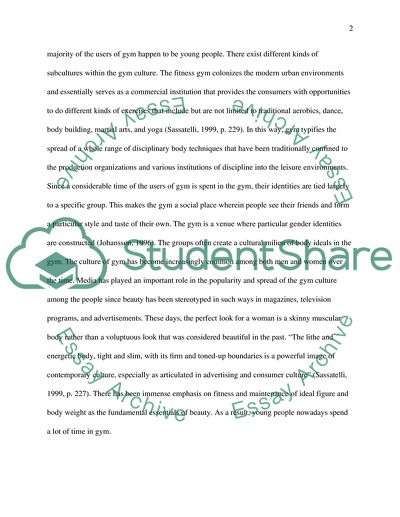Cite this document
(“The Possible Consequences of the Aerobics Culture and the Bodybuilding Research Paper”, n.d.)
The Possible Consequences of the Aerobics Culture and the Bodybuilding Research Paper. Retrieved from https://studentshare.org/sports-and-recreation/1791921-body-and-space
The Possible Consequences of the Aerobics Culture and the Bodybuilding Research Paper. Retrieved from https://studentshare.org/sports-and-recreation/1791921-body-and-space
(The Possible Consequences of the Aerobics Culture and the Bodybuilding Research Paper)
The Possible Consequences of the Aerobics Culture and the Bodybuilding Research Paper. https://studentshare.org/sports-and-recreation/1791921-body-and-space.
The Possible Consequences of the Aerobics Culture and the Bodybuilding Research Paper. https://studentshare.org/sports-and-recreation/1791921-body-and-space.
“The Possible Consequences of the Aerobics Culture and the Bodybuilding Research Paper”, n.d. https://studentshare.org/sports-and-recreation/1791921-body-and-space.


